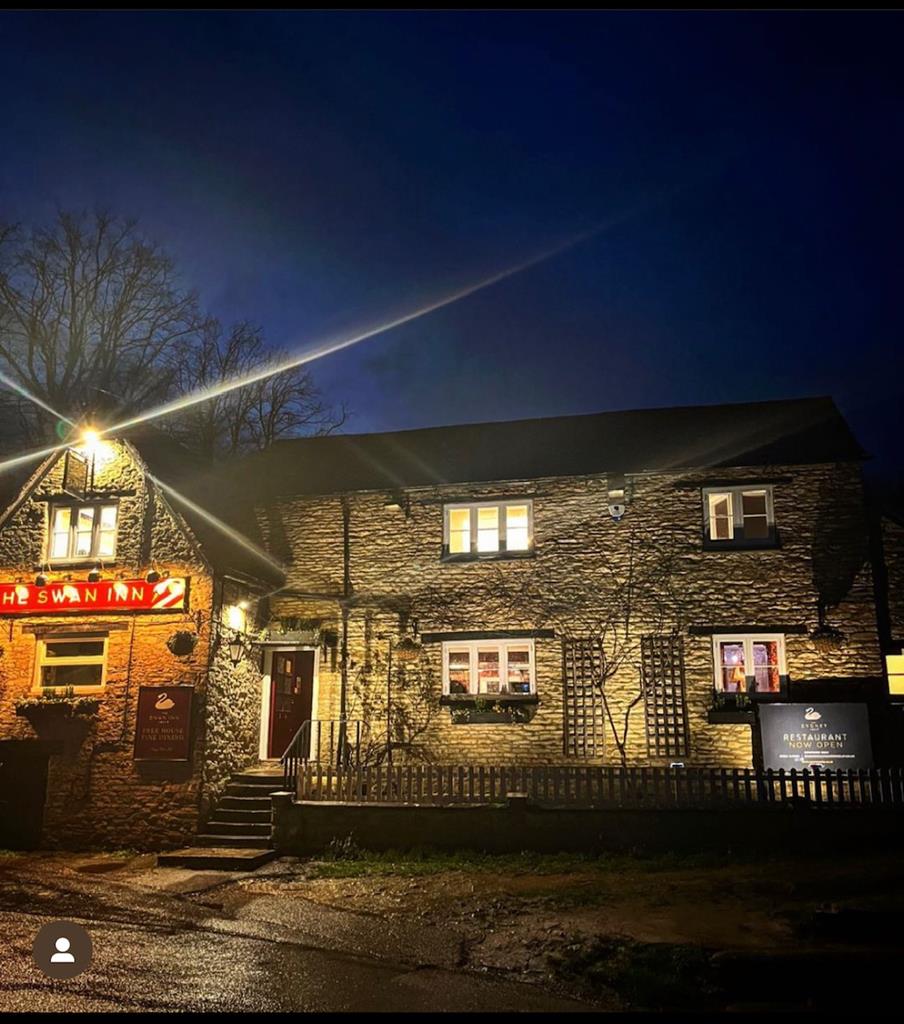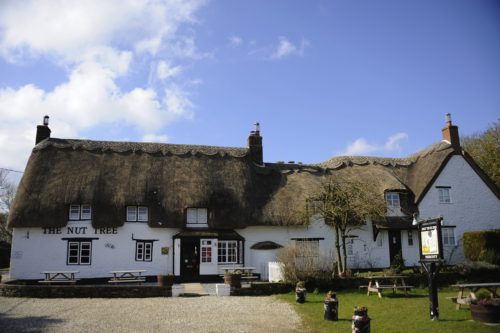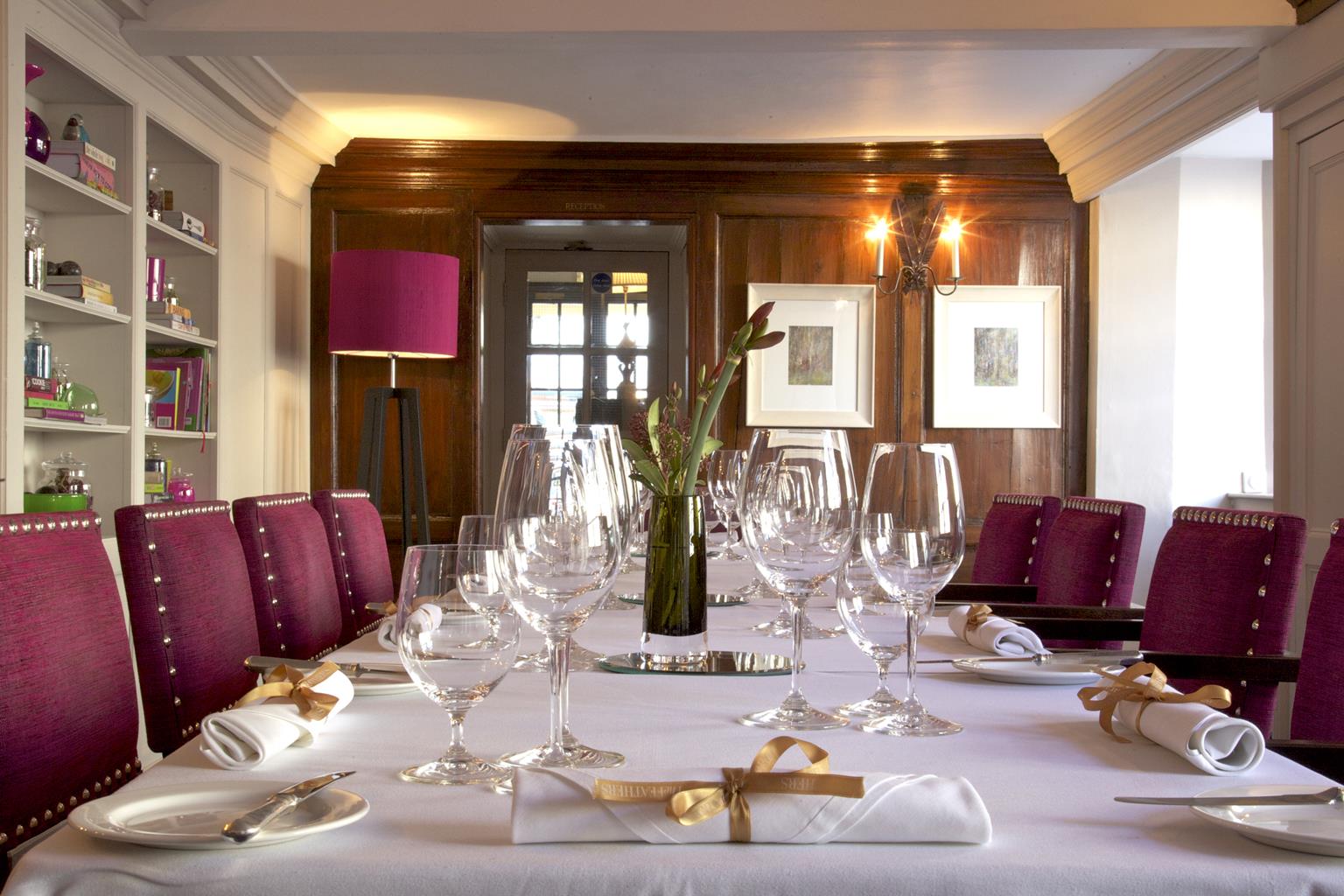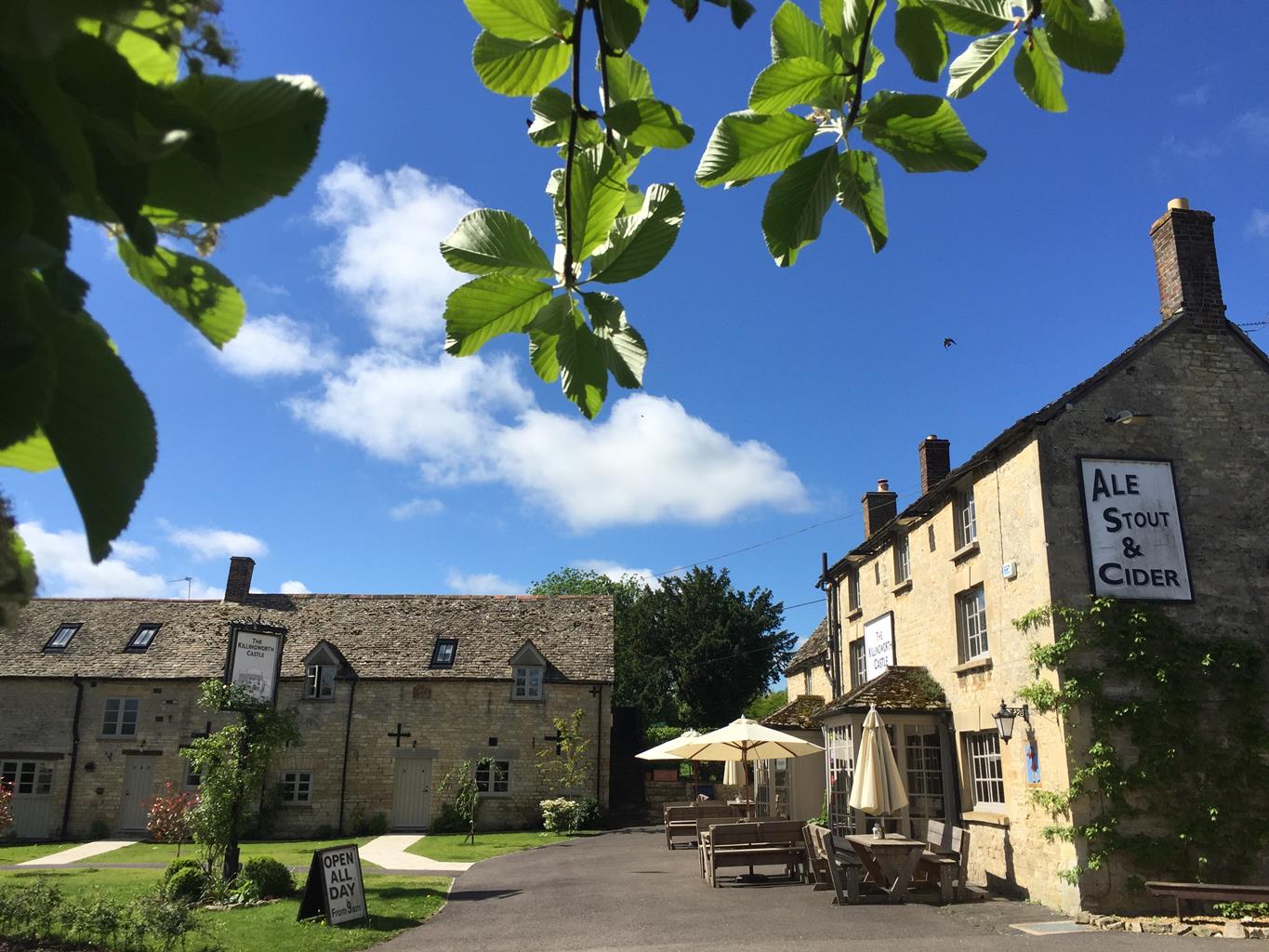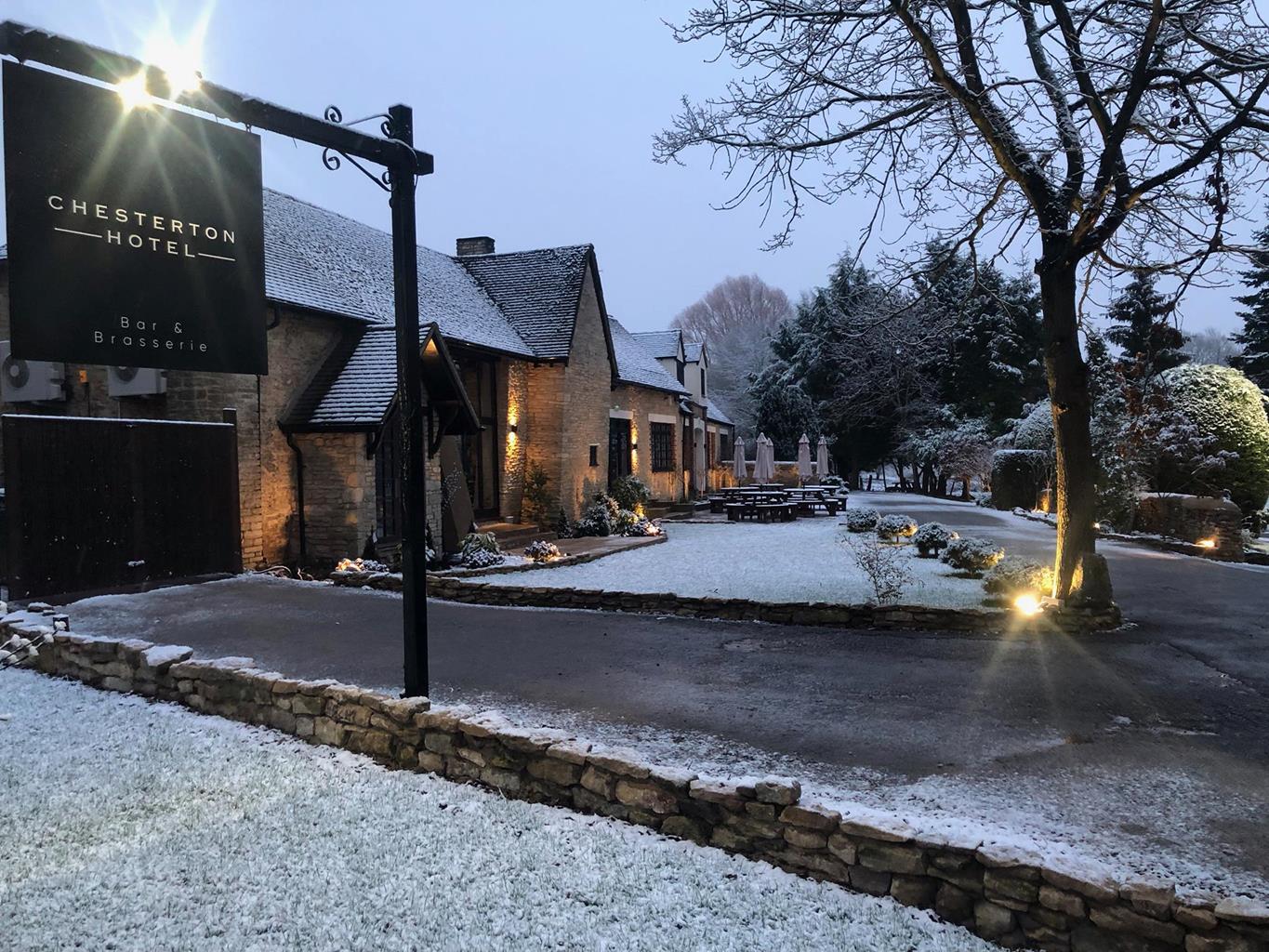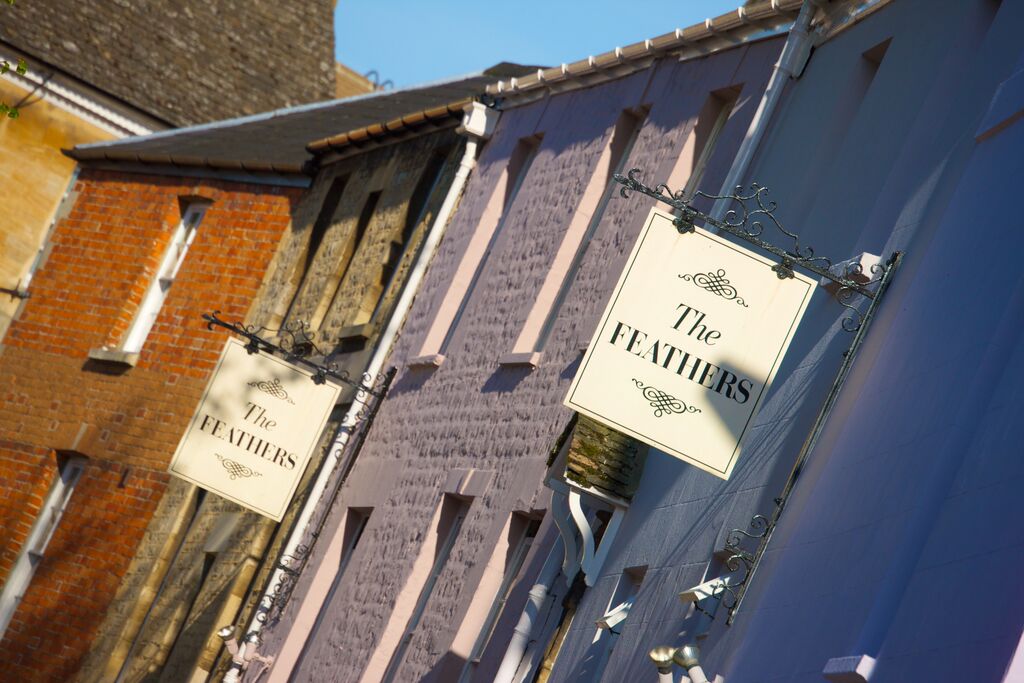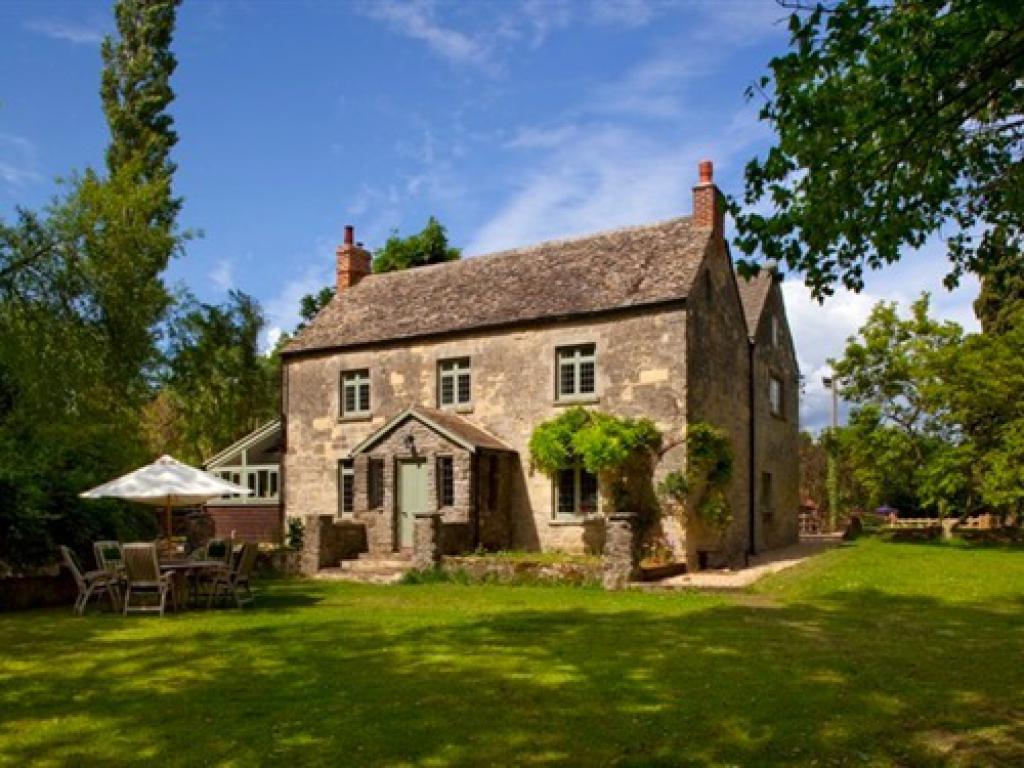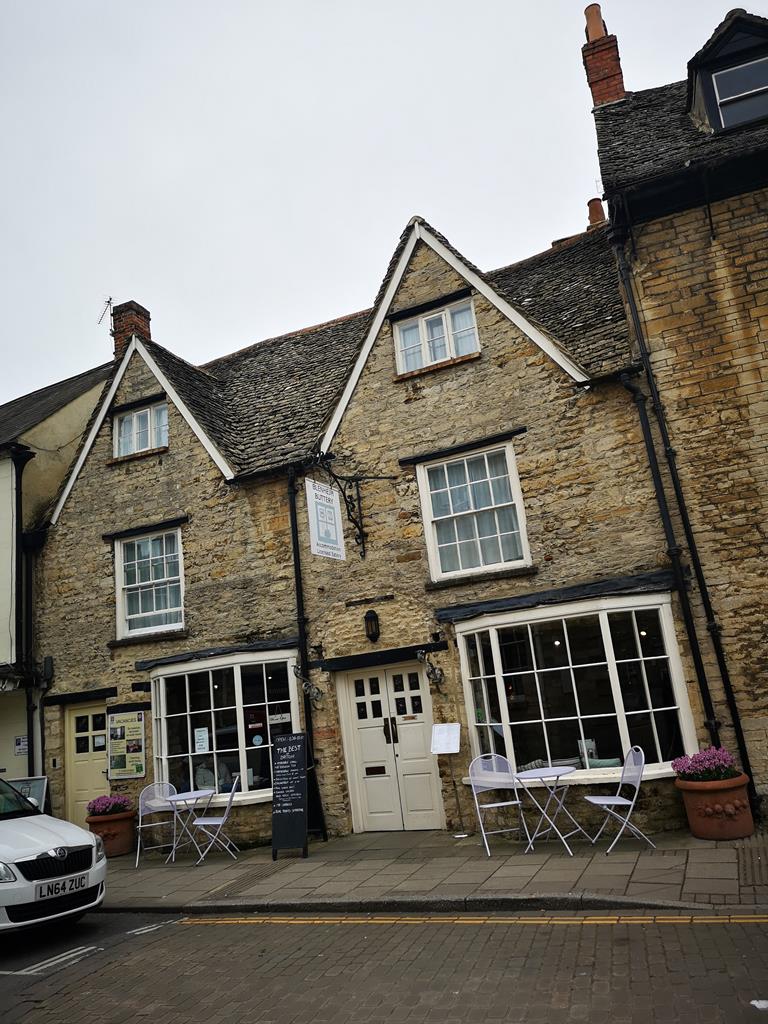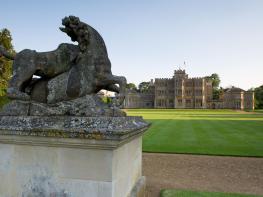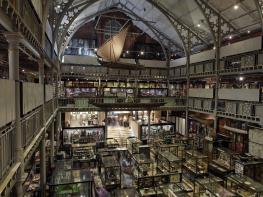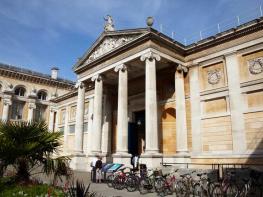Recent refurbishment has made the Chesterton Hotel an even more stylish place to stay. Set in a…
Oxfordshire Way: Weston-on-the-Green to Beckley

6.8 miles (11kms)
About the walk
The Oxfordshire Way runs across the heart of England, along ancient rights of way, all of which existed long before they were thus joined together, passing through historic settlements and crossing the grain of the country. The old tracks and field paths have been used for centuries. Some are prehistoric, some are Roman, many were first trodden in Saxon times. They link villages and hamlets mentioned in the Domesday Book of 1086. The inns of these places usually provide food and accommodation, bed-and- breakfast can be found on or close to the route, and there are some campsites. Village shops survive in surprising numbers.
On this stage, you enter the village of Islip past green mounds and hollows. This is all that is left of the palace where Edward the Confessor was born in 1004. The palace was built by the saintly king’s father, Ethelred the Unready, in the days when Islip was a town and Oxford only a village. The Confessor gave Islip to the monks at Westminster when he began building the famous Abbey, and to Westminster the living of Islip still belongs.
Famous men of Islip include Simon, who became Archbishop of Canterbury in 1348 and John, Prior of Westminster in 1500, who built the Henry VII Chapel there. Two rectors spring to mind: Dr Robert South, who came here in 1678 and built the rectory, and Dr William Buckland, Dean of Westminster and a famous geologist, who became an outspoken supporter of the glacial theory in opposition to many other churchmen of his time. Dean Buckland, who died in 1856, was an eccentric and kept a menagerie. His son, Frank, was cast in the same mould, keeping a bear which wandered at will around Islip.
Walk directions
Leaving Weston opposite the church, pass along a lane and in approximately 82yds (75m) turn left for a hidden footbridge, then half right to a second. At a junction of footpaths (at the hedge corner of a garden), maintain line diagonally across field to a gate on the edge of woodland. Through the tiny wood, follow the left-hand field edge to arrive at the far side of Chequers Inn garden. Cross the B430 to the road opposite the pub and then over the busy A34, along the slip road (take care) to the Wendlebury turn.
The Oxfordshire Way now strikes south, initially along a paved track then across fields. Arriving on a track, turn right for 27yds (25m) then left, keeping farm buildings on right. At a hedge gap, cross left to follow the right hand field edge to a small spinney by the side of the railway. Cross the railway, to walk by the track for 27yds (25m) before descending to a stile.
Head to a footbridge in the hedge 109yds (100m) from the railway to cross the field, gravel track and a further footbridge, lining up with the church at Islip one of the ‘Seven Towns’ of Ot Moor. Across another footbridge, the Oxfordshire Way passes through a kissing gate to cross a field to the road. Turn left and cross into Lower Street, which leads to The Swan Inn (The Red Lion, an alternative pub in the village, can be approached by turning right onto the road by The Swan Inn). Both are former coaching inns on the Worcester road.
Cross Islip Bridge and go uphill just beyond the white ‘entrance’ gates to the village to take the path on the left then right through allotments. At last there is a glimpse of expansive Otmoor, guarded by the church towers of its ring of ‘towns’. Across fields, Ffollow an old wake path into Noke; small, secluded and seemingly lost on the edge of the fen. Noke has no shop, and the Plough, a Grade II Listed Building, is now a private residence.
The route passes the right-hand side of the church and onto a bridleway past Rectory Farm before turning right towards the entrance of Lower Farm. Here, the path turns right to head on to the flat floor of Otmoor, which still retains something of its wild character. Beyond Noke Wood the route climbs the moor’s southern rim to Beckley, on the Oxford Heights. Today, Beckley makes its presence known by that symbol of modernity, its television transmission mast, but it is an ancient place, dating at least from Saxon times. In 1227 a palace was built here, of which only the moat is recognizable today.
Additional information
Field paths, farm tracks and minor roads
Low-level farmland and watermeadows
Lots of off-lead opportunities except Stage One and by the railway
By church in Weston-on-the-Green
None on route
<p>This stage of the Oxfordshire Way is predominantly across water meadows and low-lying land that remains wet, muddy and marshy for much of the year, often with long grass. Stout, waterproof boots, therefore, are a necessity to maintain comfort.</p>
WALKING IN SAFETY
Read our tips to look after yourself and the environment when following this walk.
Find out more
Also in the area
About the area
Discover Oxfordshire
Located at the heart of England, Oxfordshire enjoys a rich heritage and surprisingly varied scenery. Its landscape encompasses open chalk downland and glorious beechwoods, picturesque rivers and attractive villages set in peaceful farmland. The countryside in the northwest of Oxfordshire seems isolated by comparison, more redolent of the north of England, with its broad views, undulating landscape and dry-stone walls. The sleepy backwaters of Abingdon, Wallingford, Wantage, Watlington and Witney reveal how Oxfordshire’s old towns evolved over the centuries, while Oxford’s imposing streets reflect the beauty and elegance of ‘that sweet city with her dreaming spires.’ Fans of the fictional sleuth Inspector Morse will recognise many Oxford landmarks described in the books and used in the television series.
The county demonstrates how the strong influence of humans has shaped this part of England over the centuries. The Romans built villas in the pretty river valleys that thread their way through Oxfordshire, the Saxons constructed royal palaces here, and the Normans left an impressive legacy of castles and churches. The philanthropic wool merchants made their mark too, and many of their fine buildings serve as a long-lasting testimony to what they did for the good of the local community.
Nearby stays
Restaurants and Pubs
Nearby experiences
Recommended things to do
Why choose Rated Trips?
Your trusted guide to rated places across the UK
The best coverage
Discover more than 15,000 professionally rated places to stay, eat and visit from across the UK and Ireland.
Quality assured
Choose a place to stay safe in the knowledge that it has been expertly assessed by trained assessors.
Plan your next trip
Search by location or the type of place you're visiting to find your next ideal holiday experience.
Travel inspiration
Read our articles, city guides and recommended things to do for inspiration. We're here to help you explore the UK.

